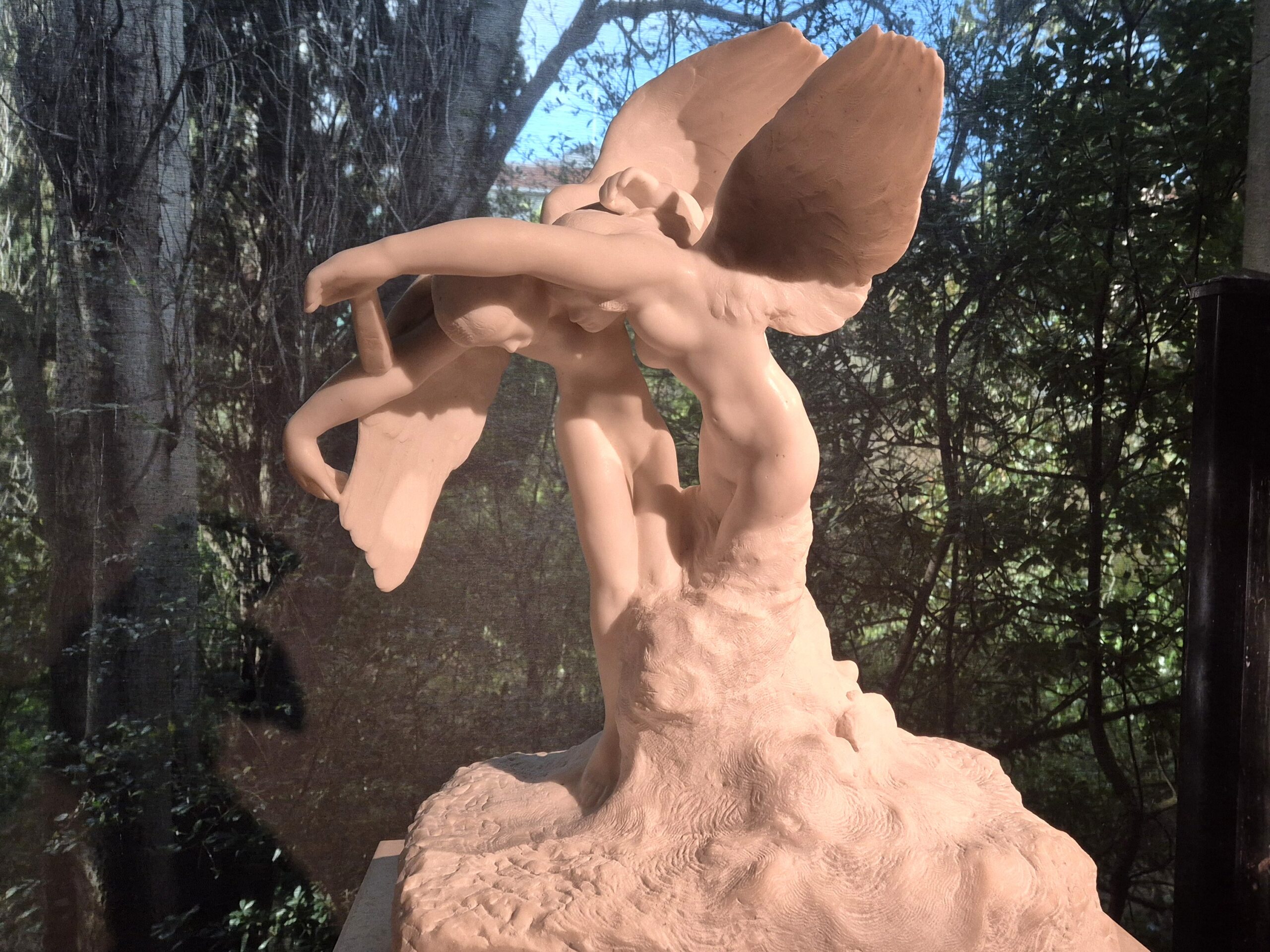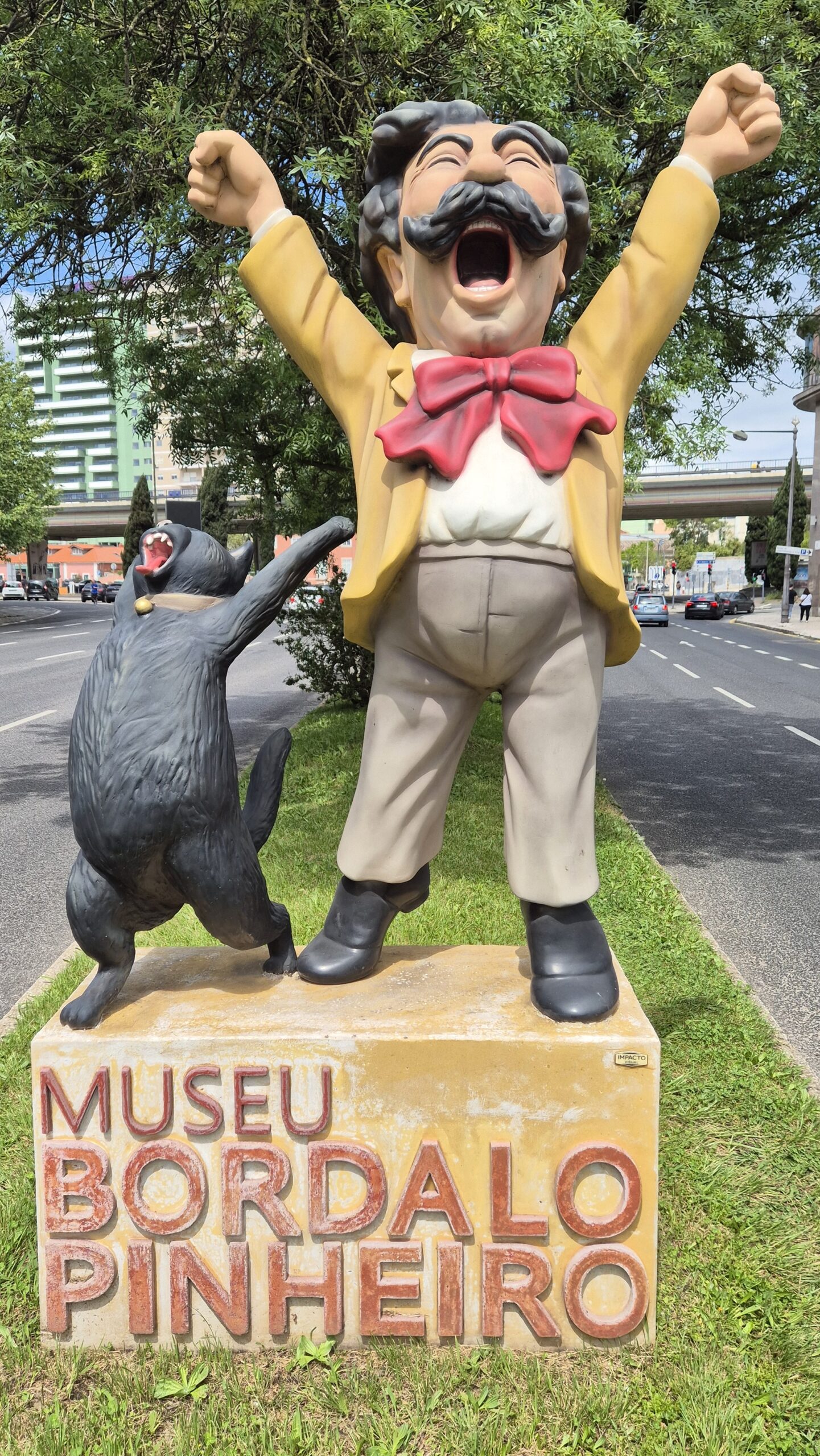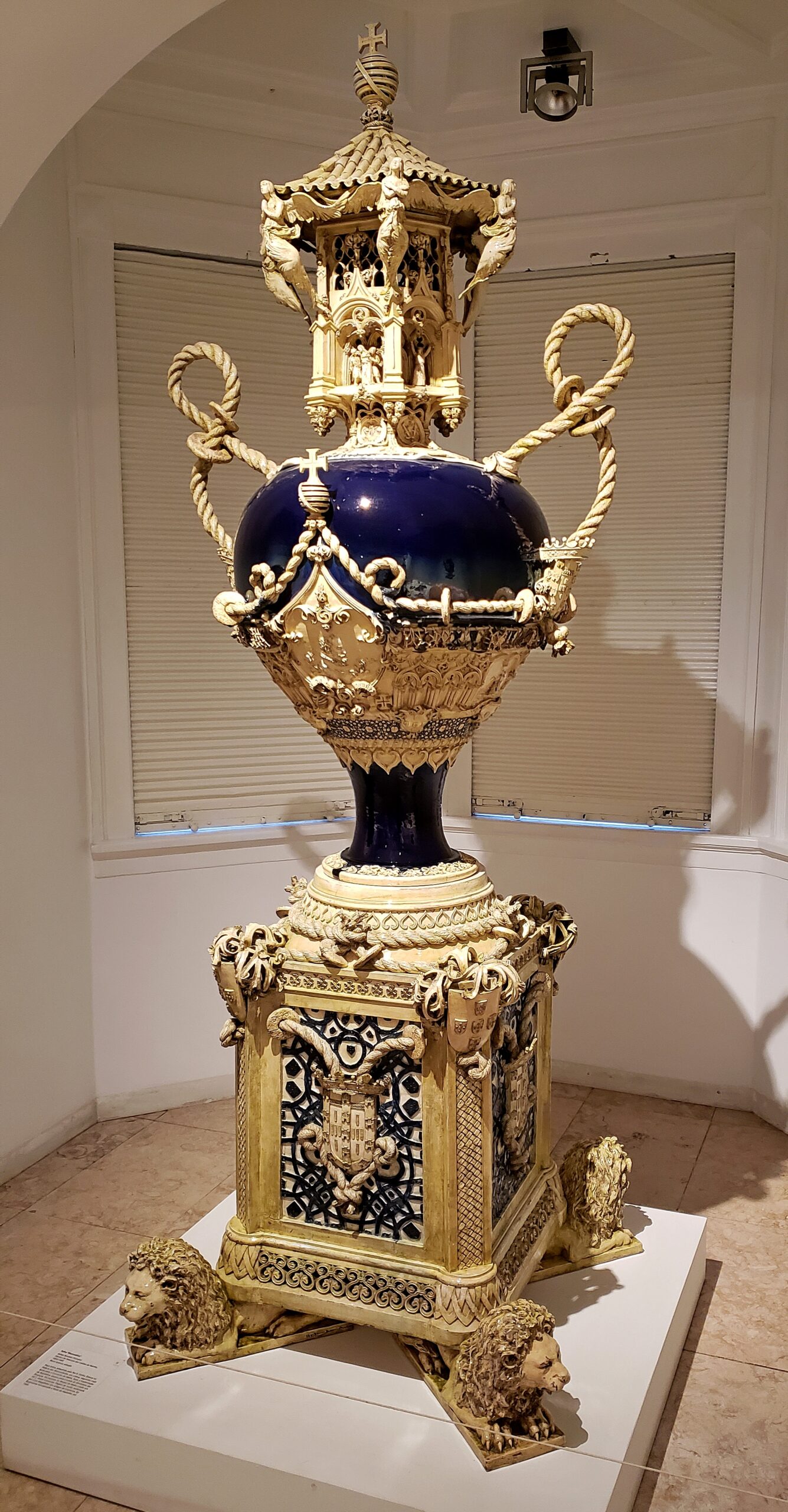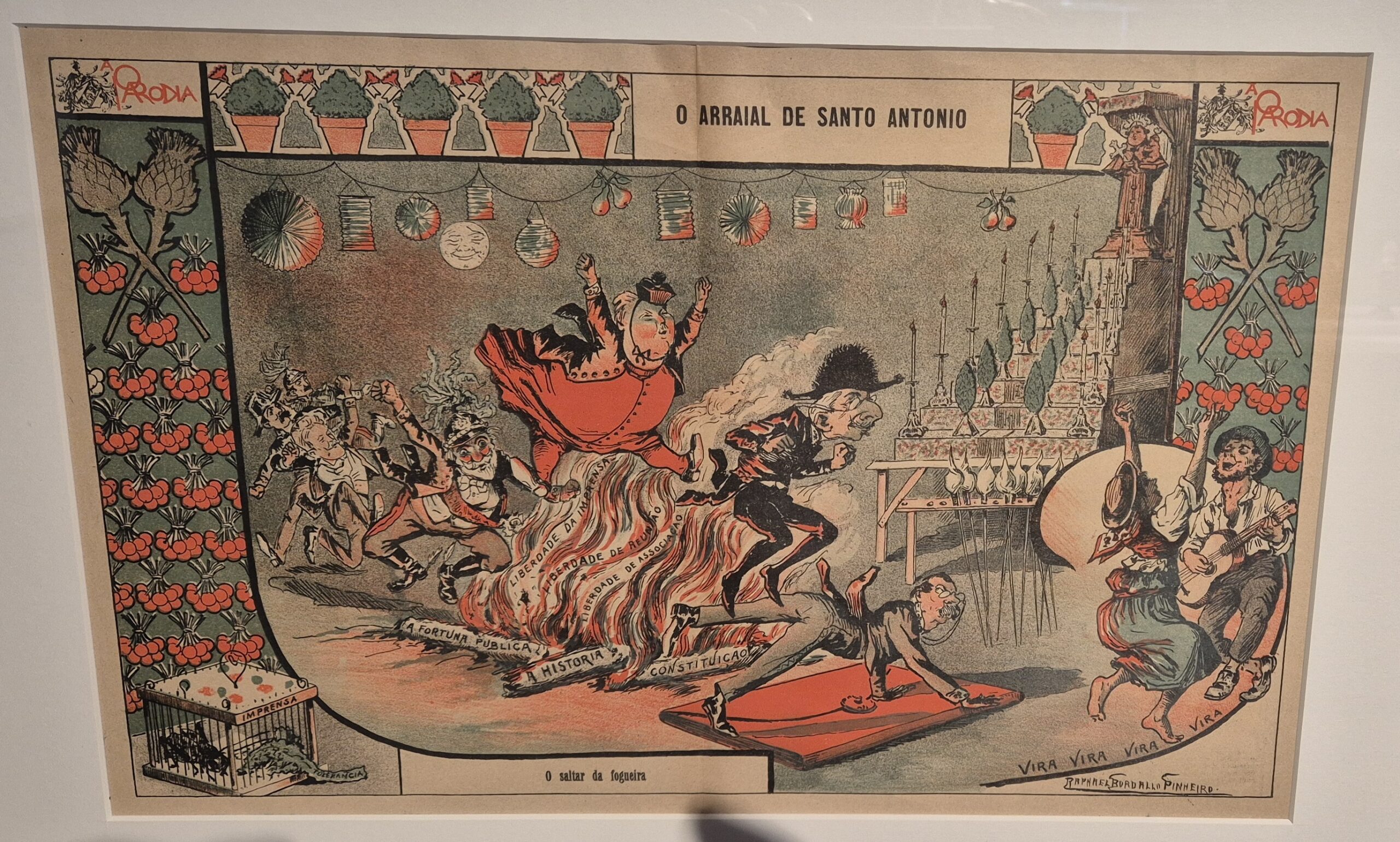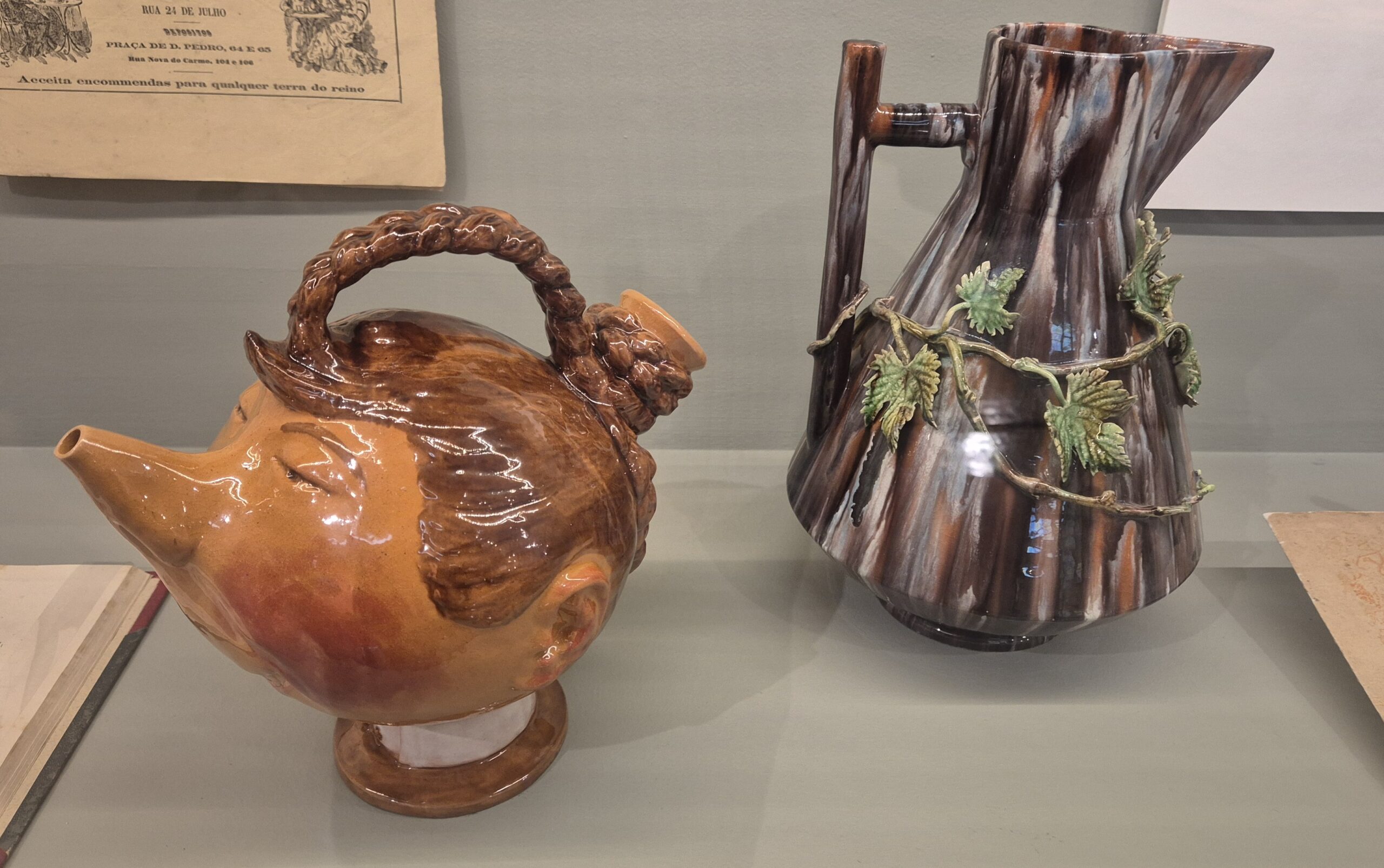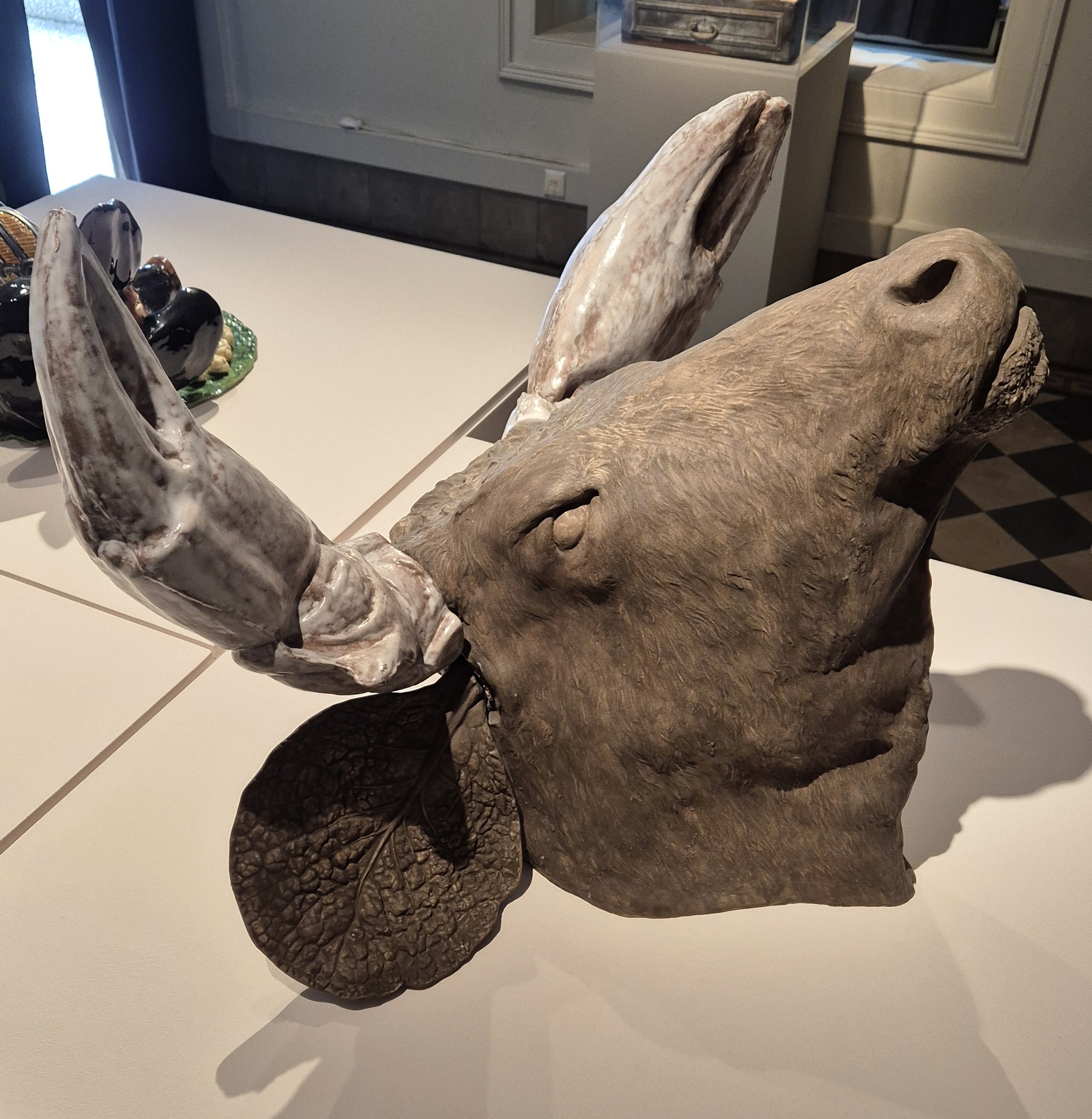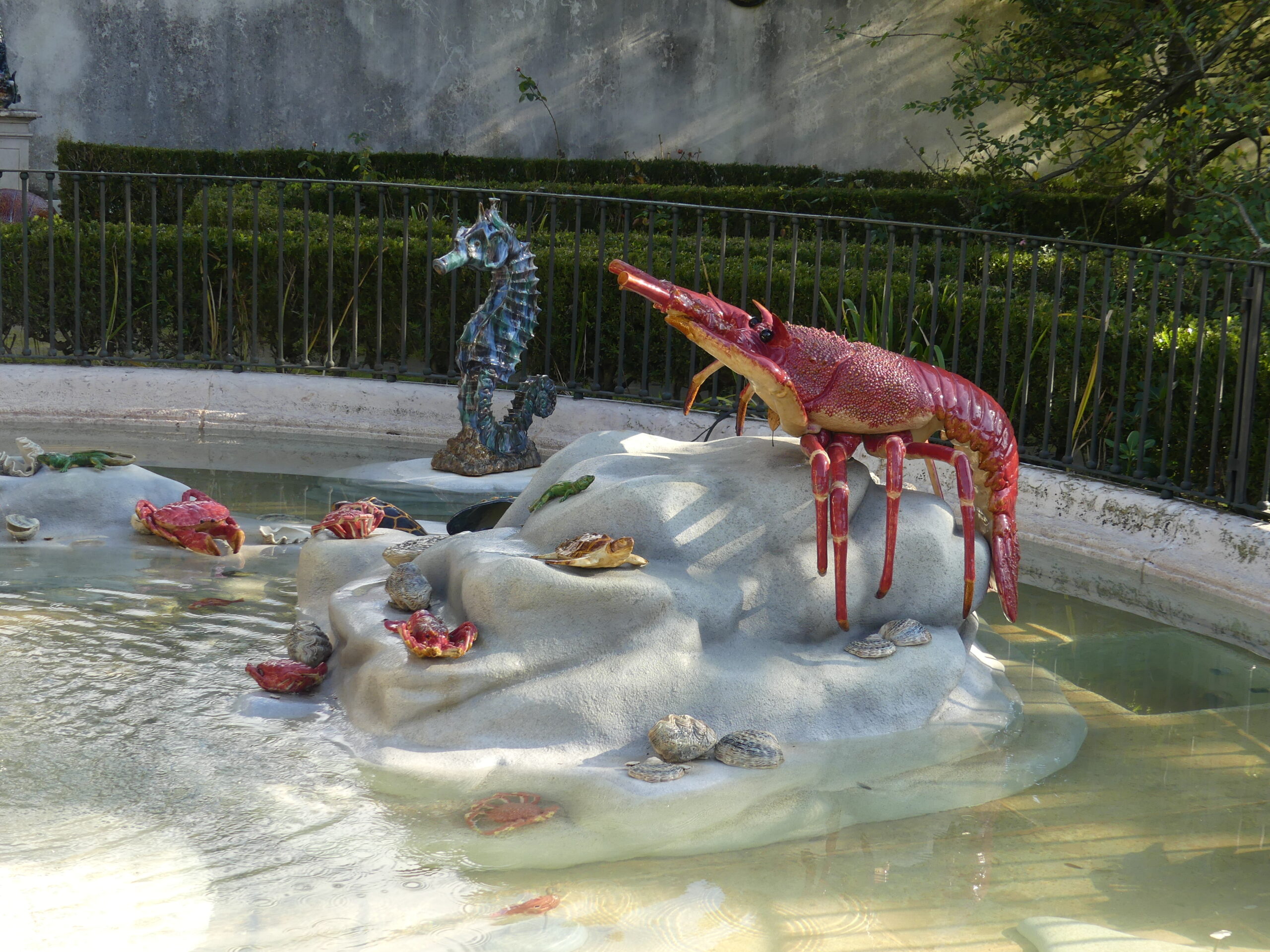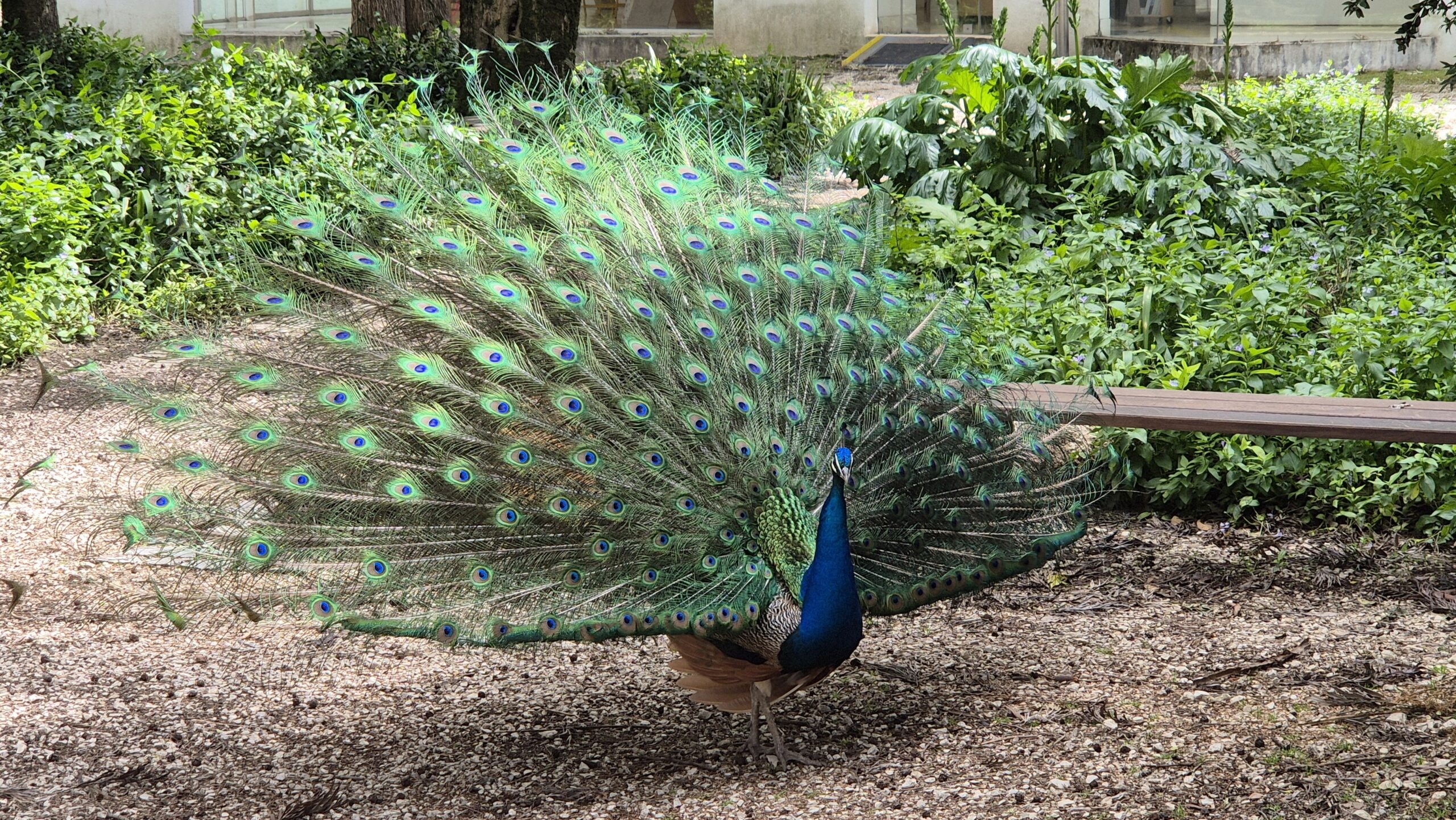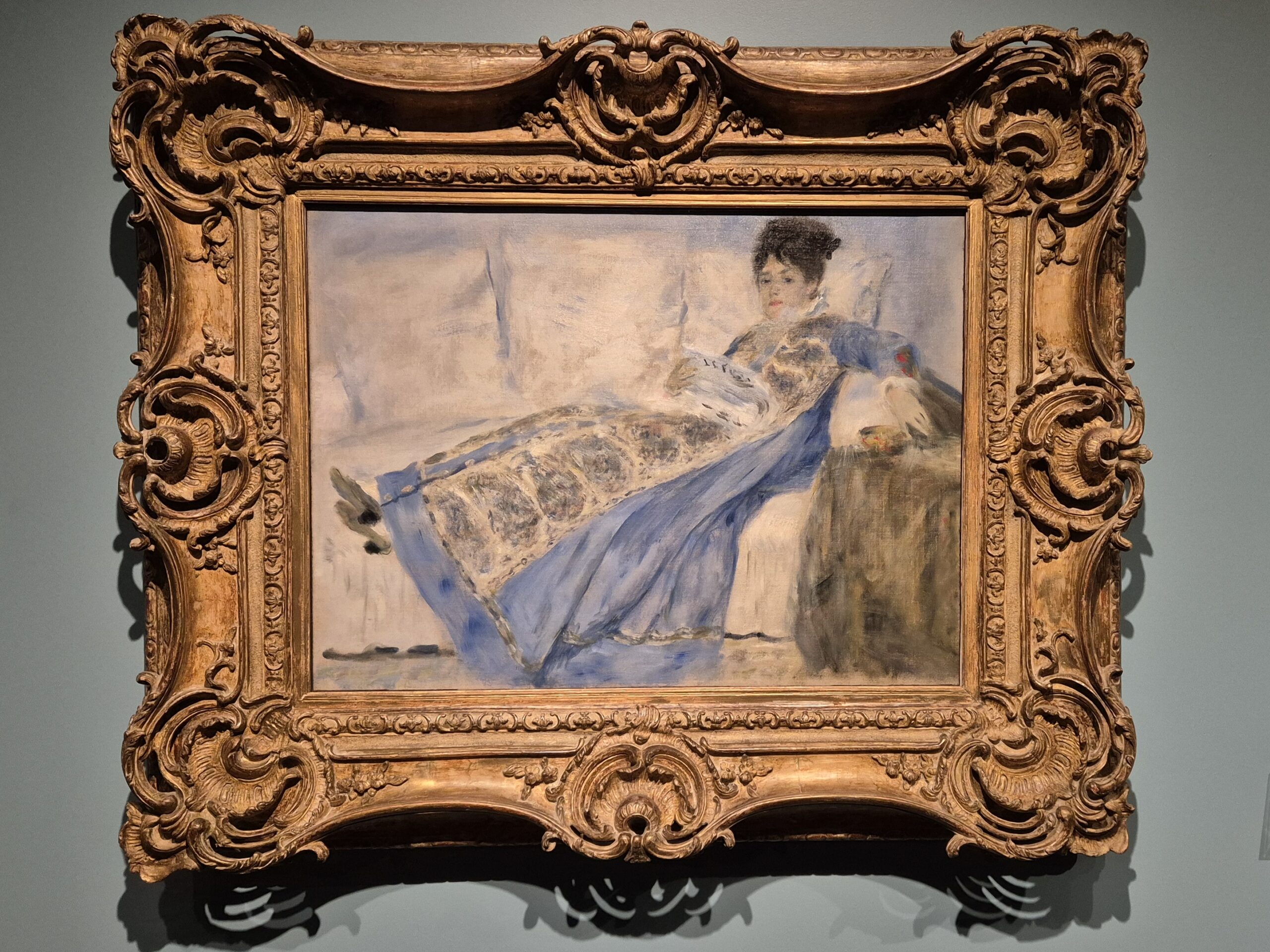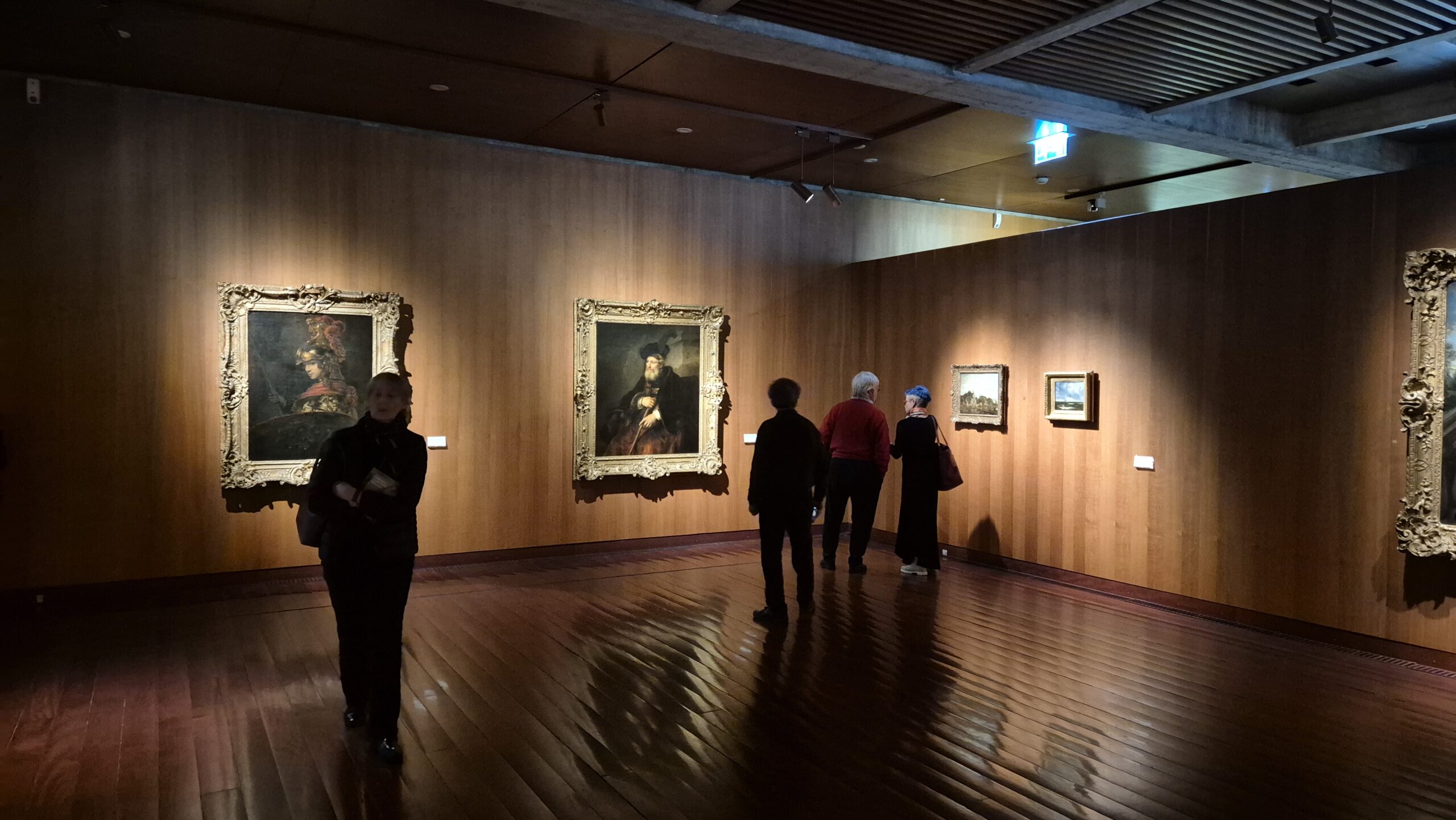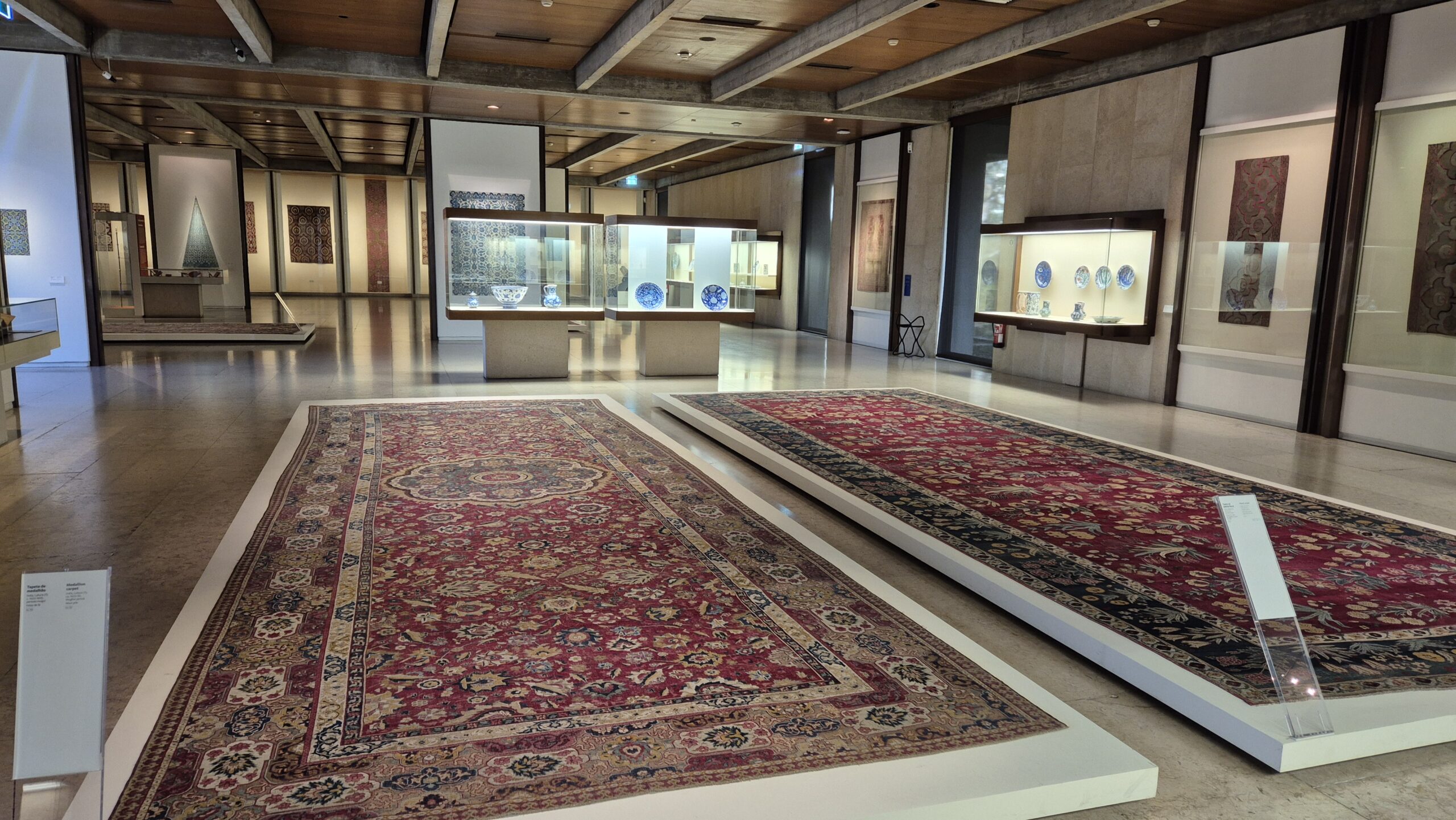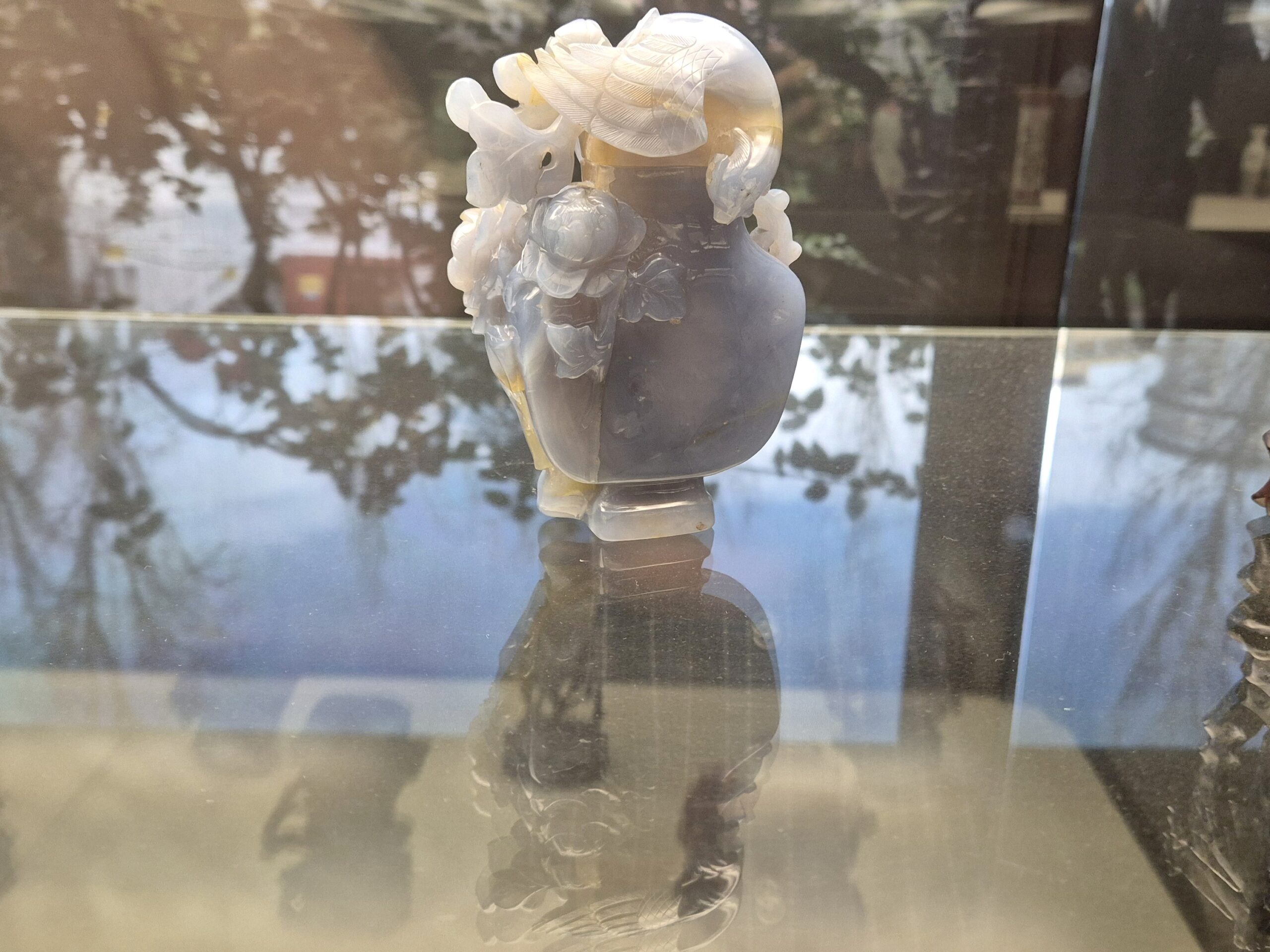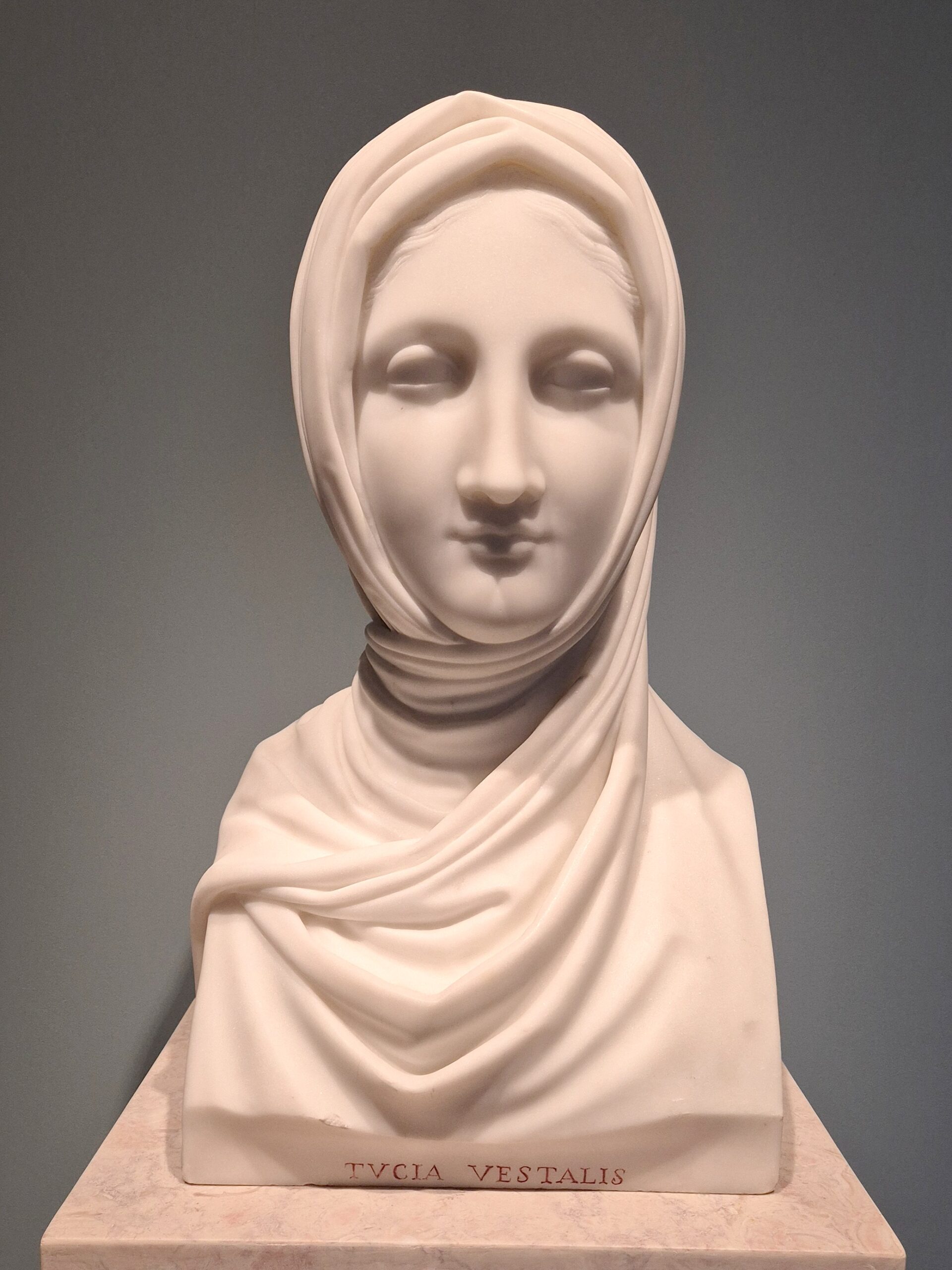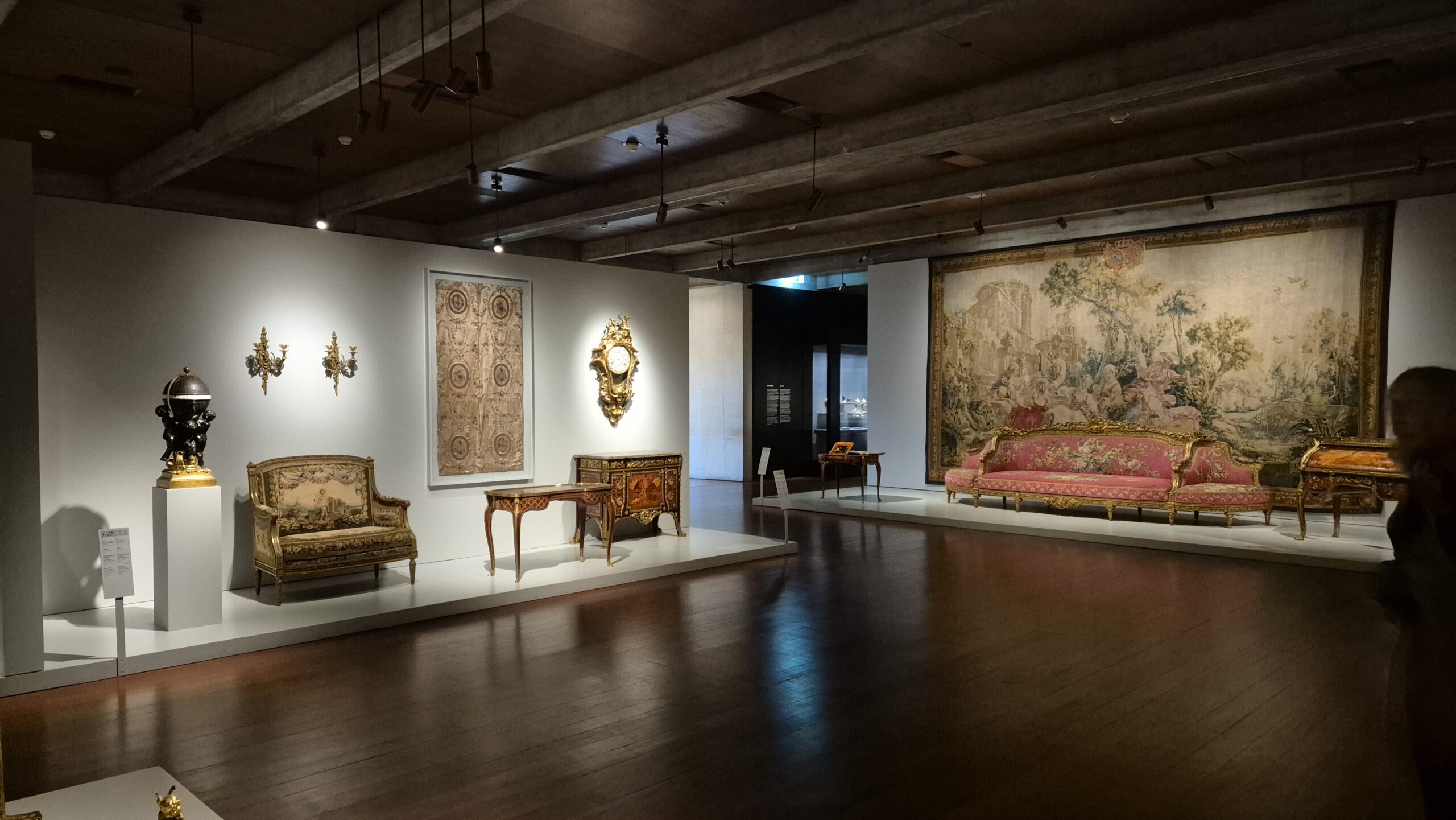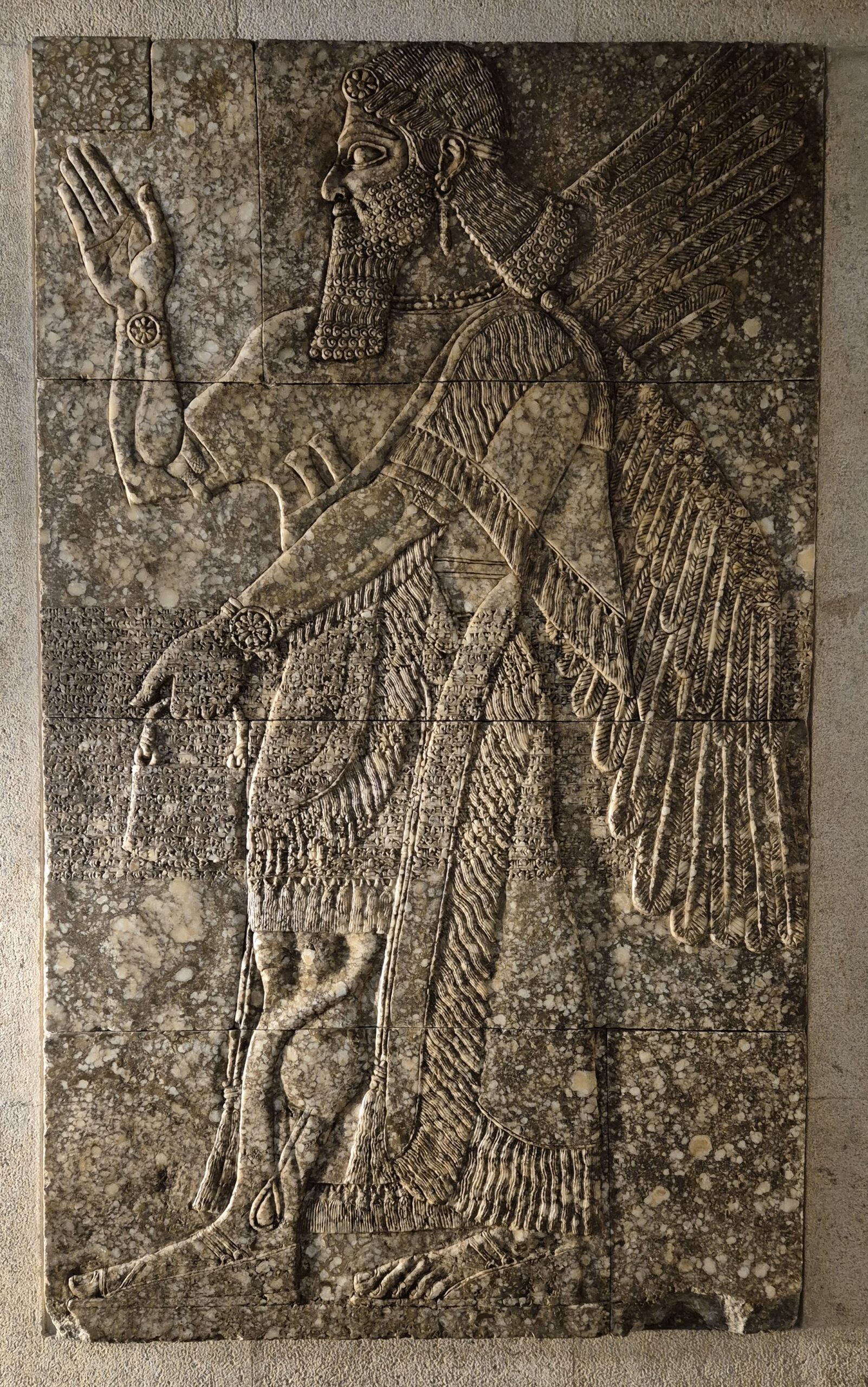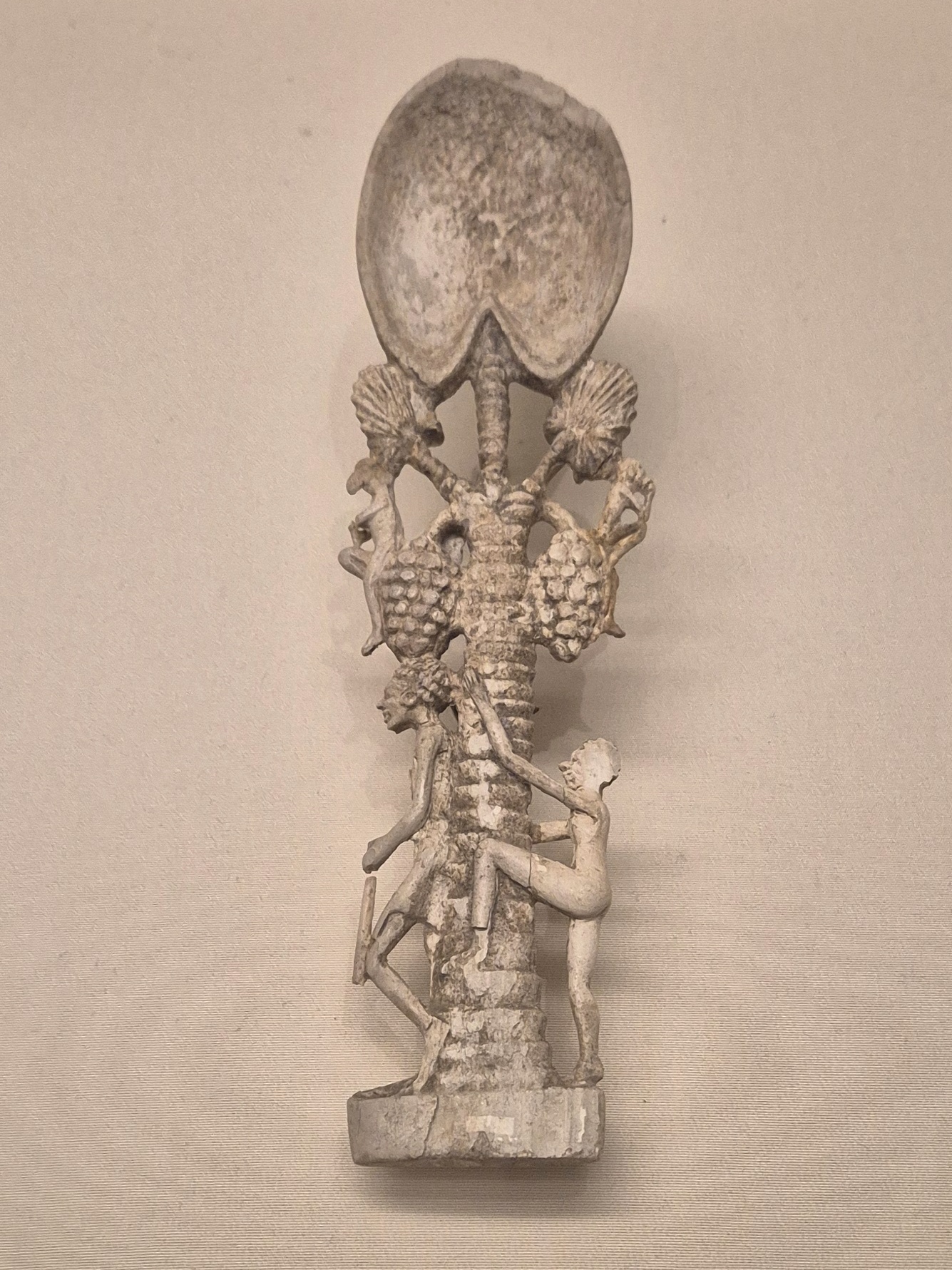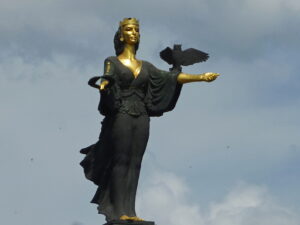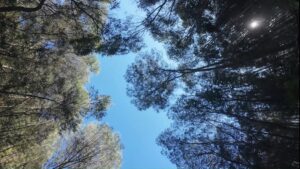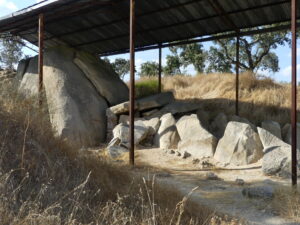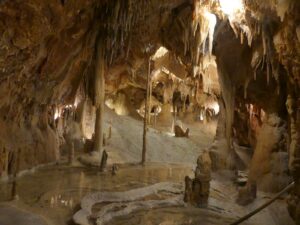In brief: We took the opportunity in the Spring of 2025 to re-visit two of our favorite museums, and certainly tops in Lisbon – the Bordalo Pinheiro and the Gulbenkian.
Bordalo Pinheiro
Some five years ago, we first visited the museum devoted to the work and life of Raphael Bordalo Pinheiro, the master ceramic craftsman of the end of the 19th century. We thought it was about time to enjoy it again, especially with a new exhibit involving another major Portuguese artist.
An exuberant life-sized image of Pinheiro himself, with a cat that he frequently represented, along the boulevard in front of the museum.
An impossibly elaborate ceramic censer for spices, in an “Arabian” style, presented as a thank-you gift from Pinheiro to his financial backer at the Bank of Portugal. The difficulty he faced with his creditors is sculpted into the censer, as a combat of lion and snake at the top, and Jesus judged by Herod in the middle.
Pinheiro also exhibited a masterly touch at illustrations, frequently in very fine detail and subtlety. Much of his work was satirical and political, skewering in metaphoric ways the faults of politicians and the indifference of the populace. Here the people dance obliviously while politicians celebrate their destruction of the Constitution, History, and Public Wealth – with various freedoms going up in smoke. Some things never change.
Pinheiro’s delightful ceramics were inspired by nature, the history of art especially Art Nouveau, Arabic tilework, and his own fancy. Here are two examples.
The museum was arranged differently from what we recalled on our first visit in 2020, plus it featured a special exhibit this time – a revisiting of work created by Julio Pomar in 2005 to celebrate the centenary of Pinheiro’s death. Pomar (whose museum we have also visited) used the molds created by Pinheiro himself, but transformed their castings in even more fantastic – and often frightening – ways. This example adorned a bull’s head with crab claws for horns and leaves for ears.
Pinheiro at Palacio Pimenta
Right across the street at the old Palacio Pimenta is a wonderful museum on Lisbon history, whose garden is filled with some of Pinheiro’s work. It’s a bit of a treasure hunt to find the ceramics within the formal garden, but the pond is pretty obvious – and lots of fun.
A notable set of ceramic tiles in the Art Nouveau style, where a seemingly abstract image turns out to consist of an array of tiles, in each of which paired butterflies hang on a sprig of wheat. These tiles also adorn a wall of the Palacio garden.
The other attraction of the Palacio Pimenta garden are the peacocks. This one kept unfurling his feathers to attract the females, but continued to be snubbed while we were there. We thought he looked nice.
The Gulbenkian Museum
We shouldn’t need a reason to visit the wonderful art collection assembled at the renowned Gulbenkian Museum. But we had an extra motivation due to its impending loss for at least 16 months, as the museum was to close for renovation.
Over the years, we’ve posted some favorite works from the museum. Here is our fond last look, stressing one of its best features: how some items interact with others or with the garden environment. The masterpieces of art will be back; we hope that the interactions only improve.
“The Blessings” by Rodin hovers over us like a gift from the skies
Toward the end of the long circuit through the museum, Monet’s wife rests on a Renoir divan
Two contemplative Rembrandt paintings in one corner face a wild, lascivious Rubens in an opposite corner. But then one notices the luscious brown tones of the room itself.
The Asian collection includes Persian, Egyptian, Turkish, and other beauties – as well as these luxurious rugs.
This delicate blue agate piece joins 15 other Qing Dynasty containers in seducing one’s attention away from huge Chinese jars and ceramics, as well as from the window to the outside world.
This Canova bust, glowing in natural light, placidly follows visitors across the room gazing at a turbulent sea storm by Turner.
A room of 18th century furnishings
Turn a corner and this imposing Nimrod, from 9th century BC Assyria, leads the way to the rest of the collection, never more so than with afternoon light revealing every detail of the carving and its alabaster material.
One of the oldest items within the small, atmospheric chamber of ancient Egyptian works is this spoon from 1400BC, whose fanciful figures play on an equally fanciful date palm tree.
(To enlarge any picture above, click on it. Also, for more pictures from Portugal as of 2025, CLICK HERE to view the slideshow at the end of the itinerary page. To see a slideshow of photos between 2017 and 2024, CLICK HERE)


